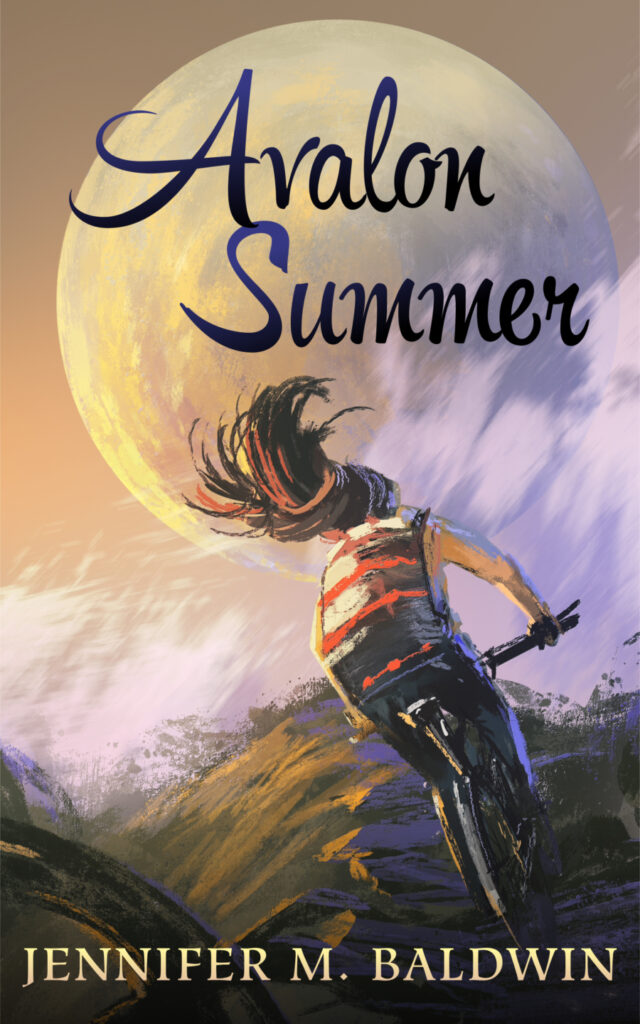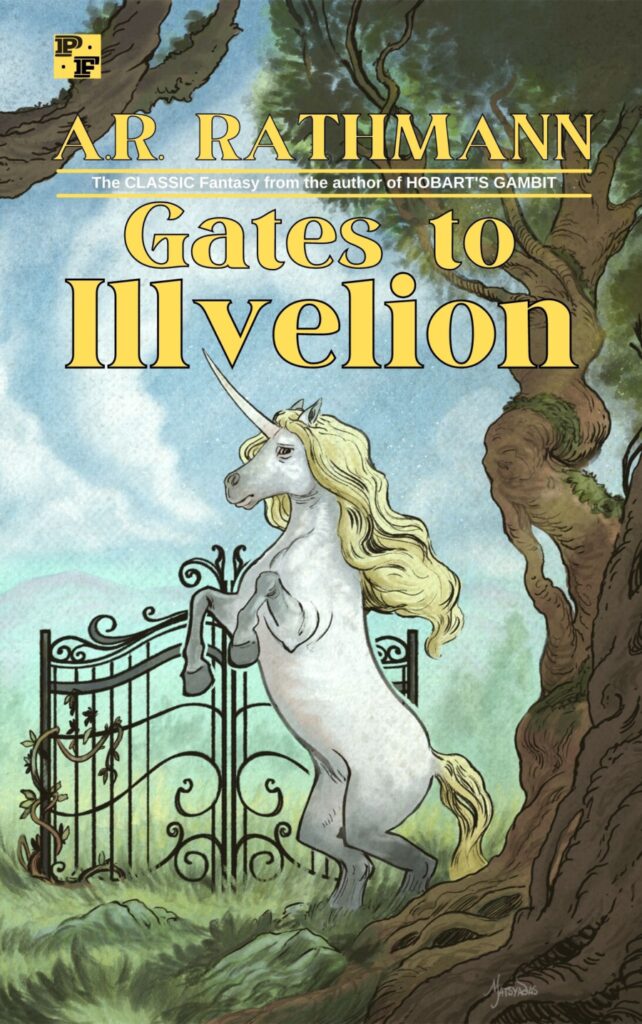I hesitate to write about morning routines because I feel like at this point, all the gurus have spoken (often annoyingly), it’s gotten cliche to spout off about how important one’s morning routine is, and we’ve heard the advice ad nauseam so what more is there to say?
And yet, I have been thinking once again about why I’ve been floundering since mid-December, and the answer is crystal clear: It’s my faltering morning routine.
From early August until the end of November, my morning routine had been relatively steady (I even managed a modified version of it while visiting family over the Thanksgiving holiday), and even though my writing output wasn’t huge in that span, I was writing consistently and enjoyably. Life was in balance.
Then December hit, Christmas prepping and end-of-semester-grading took over my life, and the morning routine was decimated. I tried to get back on track in January, but to no avail. I couldn’t get to bed on time, and in the morning, sleep felt more important than writing, so I would snooze until it was time to get my kids ready for school.
And now, here I am in April, and I’m grumbling about how out of sync I feel, how paltry my creative output has been, and how, frankly, depressed I’m getting.
It’s the lack of a morning routine!
I’ve known it the whole time, but for some reason I had convinced myself that perhaps my life was too unpredictable to commit to a regular morning routine and I’d be better off sneaking my writing in whenever I could, doing my art whenever the small snatches of time presented themselves. Planning didn’t seem to be working, so I would be more spontaneous.
But spontaneous is just another word for not getting shit done. Without a rhythm, without a routine, I never was able to find those snatches of time. My output nosedived.
Here’s the thing: it wasn’t that planning didn’t work. It was that I had given up on committing to the plan. I wanted my sleep (I still do, of course). And I figured it was too hard to get to bed at 10:00 p.m. My life wouldn’t let me. I had to face reality. Blah, blah, blah.
But what I was facing wasn’t reality. It was my own resignation in the face of a challenge. I had given up and soothed myself by saying it was pragmatism.
It wasn’t pragmatism. It was a reluctance to make changes. To turn off the screens and go to bed even if there were other things I wanted to do. The real reality is that we have to make choices, and from December to April, I had been making the choice to stay up later and not wake up early to do my morning routine. This was a choice I was making. I didn’t have to read one more online article after 9:00 p.m., but I did. I didn’t have to watch a second episode of that TV show, but I did. I didn’t have to put off my paper-grading all day so that I had a stack of them to grade at night, but I did.
These were choices. They still are choices I must face each and every day. But if I want to establish my morning routine again, then I must make different choices. Some things, yes, are always out of our control. I can’t control when my child has a nightmare and needs me to sit with him in his bedroom. I can’t control those nights when we get home late from visiting family and I have to stay up late to make the lunches and wash dishes.
But on typical nights, those normal nights when I have more control over my choices and time, I can start making the choice for the morning routine — the routine that gives my life balance and structure and health — over the choice for one more episode, one more article, one more paper to grade.
If it’s at all interesting to others, my morning routine consists of waking up at 6:00 a.m. and immediately doing stretches in bed to help with my back problems and muscle stiffness. Then I get up, drink a glass of water and take vitamins, and then begin walking around the house for exercise. While I walk, I usually pray. If it’s light enough outside, I might walk outside, but usually it’s too dark for that.
After my walk and prayer time, I do my Julia Cameron-style morning pages in my notebook, and then I do some creative writing, either fiction or nonfiction or poetry, whatever feels right and I’m most excited about.
By this time, I have to get ready for work, so I shower, pack the kids’ lunches, eat breakfast, and head to work with enough time to grade papers for thirty minutes before my first class period starts.
This is the ideal morning routine for me. In this three-hour span, I’m able to exercise, pray, reflect, write creatively, eat breakfast, and make progress on my teaching job, so that by 9:00 a.m., I have accomplished all the important things I need to accomplish for the day related to my health, my spiritual life, my art, and my job.
After 9:00 a.m., if I’ve done my morning routine, whatever else gets accomplished throughout the day, I can feel good knowing I did the things I needed to do to make myself feel whole.
Maybe some of the gurus would say my routine is too ambitious, and that’s why I fell off the wagon.
Maybe.
But over the years, I’ve trained myself to become more and more of a morning person, and as I get older, I know that by the time the afternoon hits, I’m too tired both physically and mentally to be effective at my creative work. The best time for me is the morning. Before the day has had a chance to drain me. So I need to get several things done in the morning because my health, my spiritual life, my art, and my job are all things I need to keep in balance for an ordered, satisfying life.
And if that means I need to wake up at 5:30 a.m. and go to bed at 9:30 p.m., then maybe I need to start making the choices that will allow me to do that. But it all comes down to choices, to what I value, and where I focus my time.
Not everything is under my control. Life will have bumps and setbacks.
But the morning routine — for me, at least — really does work as a tool and structure for making my art. I’ve noticed a huge plummet of happiness and artistic fulfillment since I floundered in my morning routine. And in just the past two days, since I’ve been trying to reestablish that routine, I’ve noticed a huge upswing in my mood and ability to get creative work done.
Reminding myself that the morning routine really does work, and that it’s worth making different choices at night, may be cliche to write about, but I wouldn’t have had the energy or time to write this blog post without my morning routine.
I’ll take the cliche every time if it means I get to make my art again and keep myself whole.


